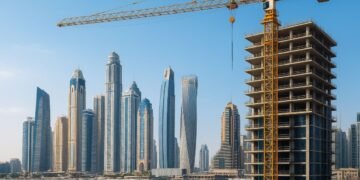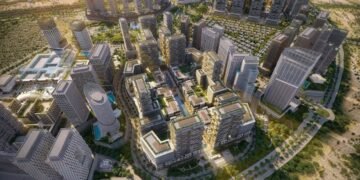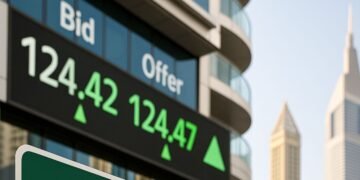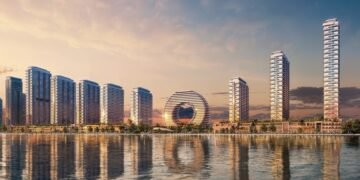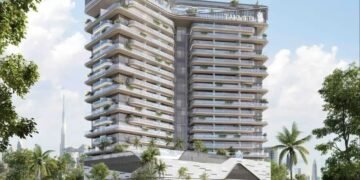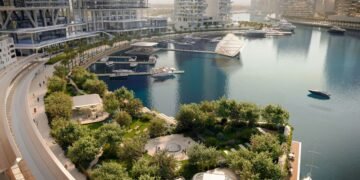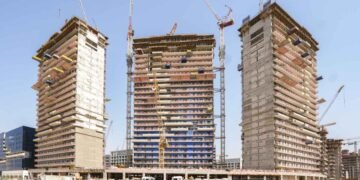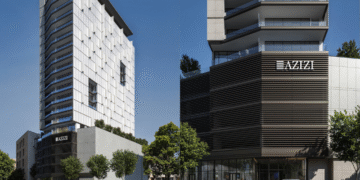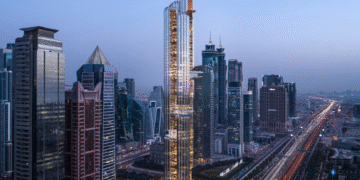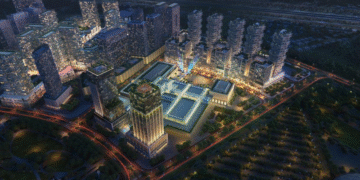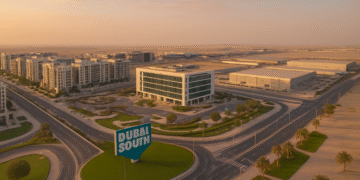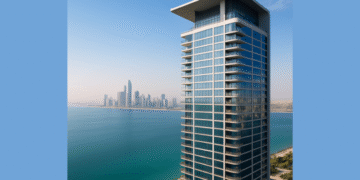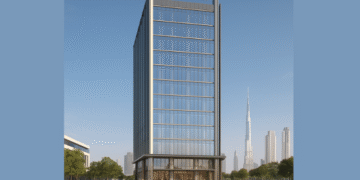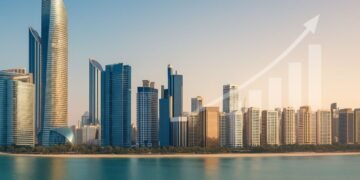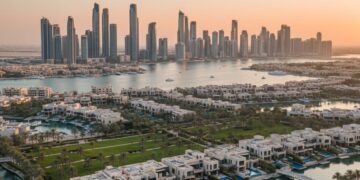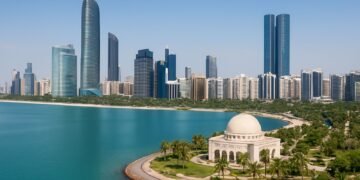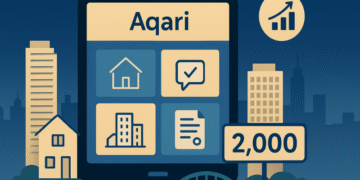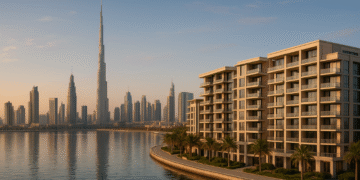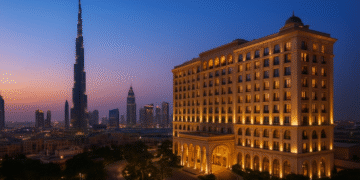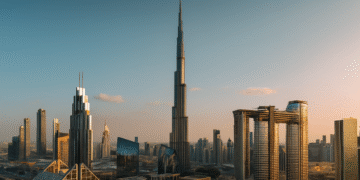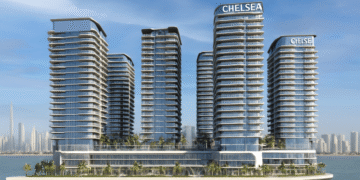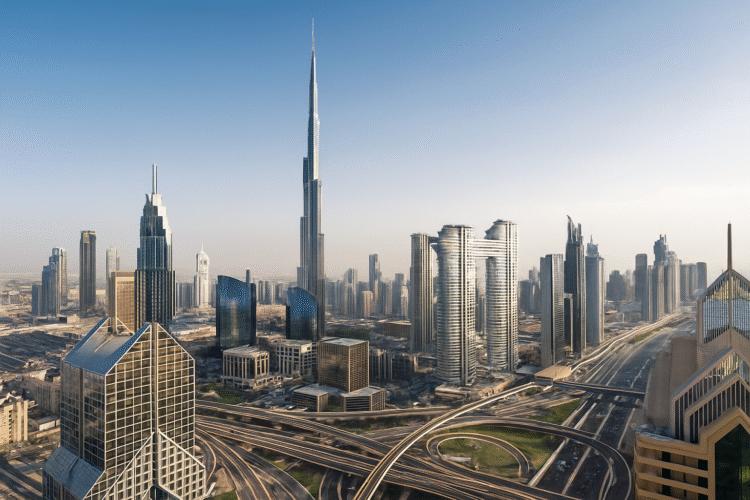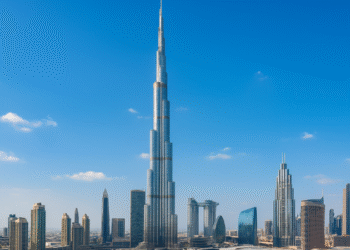Dubai’s real estate market continues its upward trajectory in 2025, with evolving trends that Indian investors should watch closely. With India consistently ranking among the top sources of property investment in Dubai, the changing dynamics of pricing, yields, off-plan launches, and government incentives present compelling opportunities—and cautionary signals—for Indian HNIs and NRIs looking to expand their portfolio in the emirate.
Indian Investors Still Among Top Foreign Buyers
Data from the Dubai Land Department (DLD) for H1 2025 confirms that Indian nationals remain one of the largest investor groups in the city’s property market. According to Property Monitor, Indian buyers accounted for nearly 18% of foreign ownership transactions in the residential sector during the first half of 2025, a figure bolstered by the introduction of long-term visas and ongoing rupee-dirham arbitrage.
“Dubai offers higher rental yields, better infrastructure, and no capital gains tax, which makes it an attractive alternative to saturated Indian metros,” said an industry expert. “We’re seeing increasing interest in areas like Arjan, JVC, and Dubai Hills Estate from Indian families and long-term investors.”
Prices Plateau, Yields Hold Strong
While prices surged in 2023 and early 2024, the market has entered a phase of moderate price growth and yield stabilization. According to Bayut’s Q2 2025 report:
- Mid-market communities like Arjan and JVC saw 4–6% YoY price increases
- Premium locations such as Dubai Marina and Downtown Dubai witnessed a 1–2% decline in sales prices, though rental demand remains high
- Average rental yields continue to outpace global cities, with studios in JVC yielding over 8%, and luxury 2BHKs in Dubai Hills fetching 5.5–6%
Compared to Mumbai or Bangalore, where yields rarely exceed 3%, Dubai continues to provide a better risk-to-return profile for real estate investors.
Rental Yield Comparison: Dubai vs India (2025)
| Location | Avg. Price per sq. ft. | Avg. Gross Rental Yield |
| JVC (Dubai) | AED 1,150 | 8.1% |
| Dubai Marina | AED 2,200 | 5.3% |
| Bandra (Mumbai) | ₹78,000 (AED 3,450) | 2.4% |
| Thane (Mumbai) | ₹15,000 (AED 650) | 2.7% |
| Whitefield (B’lore) | ₹11,000 (AED 475) | 3.1% |
Sources: Bayut, Property Monitor, Anarock India, Knight Frank Q1 2025 reports
Off-Plan Launches Surge – But Due Diligence Is Key
Dubai now has over 725 real estate projects under development, driven by strong off-plan activity in Dubai South, Meydan, and MBR City. Developers are offering competitive payment plans, DLD fee waivers, and Golden Visa eligibility for investments above AED 2 million.
However, analysts advise Indian investors to scrutinize developers’ track records and escrow protections.
Also read: Dubai Residential REIT Posts AED622 Million Profit in H1 2025
“Don’t be lured only by payment plans or showroom glam. Always check for DLD approvals, project escrow registration, and estimated ROI with realistic resale value,” noted a Dubai-based NRI real estate consultant.
Golden Visa Still a Magnet
The 10-year UAE Golden Visa, available for property investments starting at AED 2 million, continues to attract Indian HNIs seeking permanent residency alternatives without the regulatory complexities seen in Western markets.
In 2024, over 12,000 Indian investors received Golden Visas under the real estate category, according to UAE’s Federal Authority for Identity and Citizenship.
This residency pathway, coupled with Dubai’s zero income and capital gains tax structure, makes it especially appealing to Indian business owners and retirees.
Focus on Value: Smart Cities, Green Living, and Brand-Backed Projects
Looking ahead to 2026, investor attention is shifting toward branded residences, sustainable developments, and mixed-use smart districts.
- Armani Beach Residences in RAK and Bugatti Residences in Business Bay have attracted luxury-seeking Indians.
- Projects offering LEED certification, smart home integration, and wellness-focused design—like Ellington’s Eaton Square in MBR City—are gaining popularity among Indian millennials and Gen-Z investors.
What to Watch in 2025–26
Here are five key market signals Indian investors should monitor:
- Policy Stability: The Dubai government’s regulatory environment remains investor-friendly. But monitor changes in visa, ownership laws, or cross-border tax treaties with India.
- Interest Rate Fluctuations: With the US Fed expected to hold rates steady, mortgage affordability may improve in 2026.
- Rental Regulation Reforms: Stay updated with the RERA Rental Index, which affects lease renewals and yield projections.
- INR-AED Exchange Rate: Currency volatility can significantly impact capital outlay and repatriation returns.
- Sharjah and RAK Spillover: As Dubai prices stabilize, secondary cities are offering more competitive ticket sizes with higher yields.
Final Word
Dubai’s real estate sector in 2025–26 remains resilient, diversified, and investor-oriented. For Indian buyers, it offers a unique blend of strong ROI, lifestyle perks, and long-term stability not easily found in Indian metros.
With thorough due diligence, a focus on rental returns, and the right developer tie-ups, Indian investors are well-positioned to capitalize on Dubai’s next phase of growth.
Discover more from Invest Dubai Today - Dubai Realty Insights
Subscribe to get the latest posts sent to your email.

